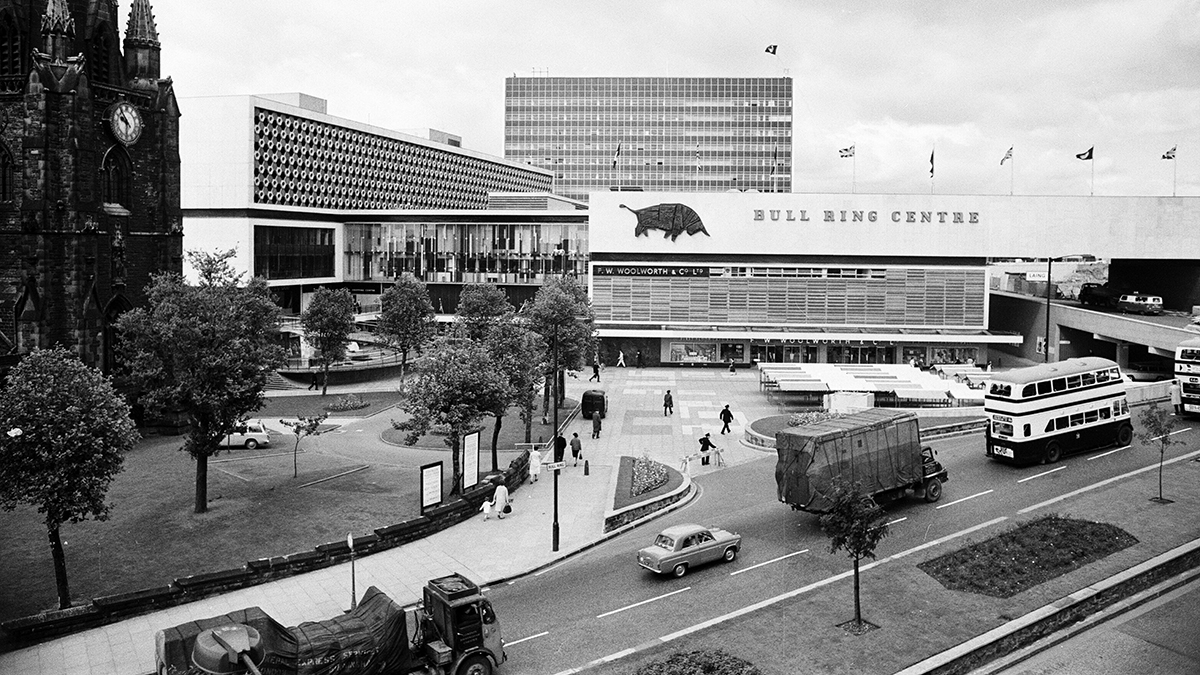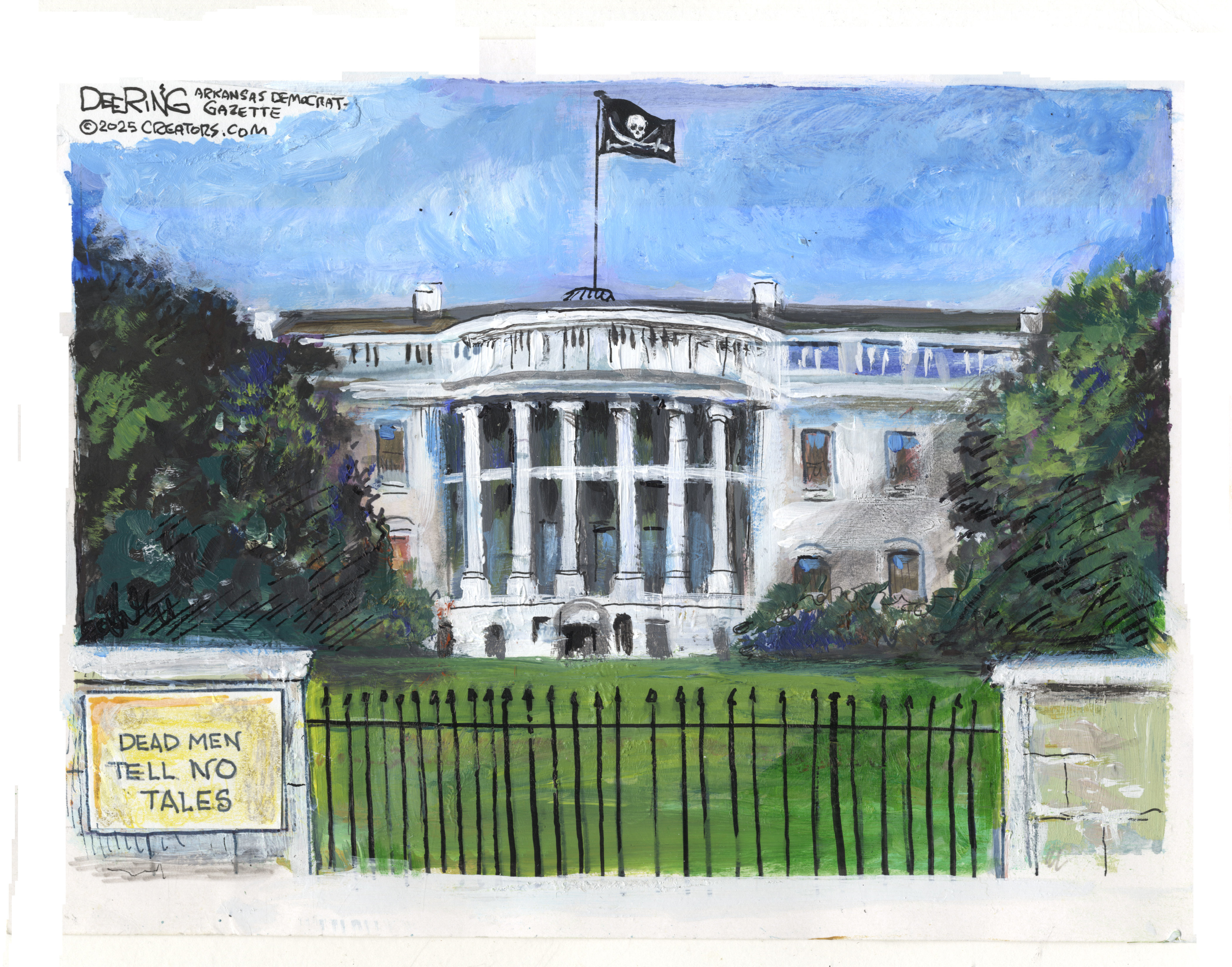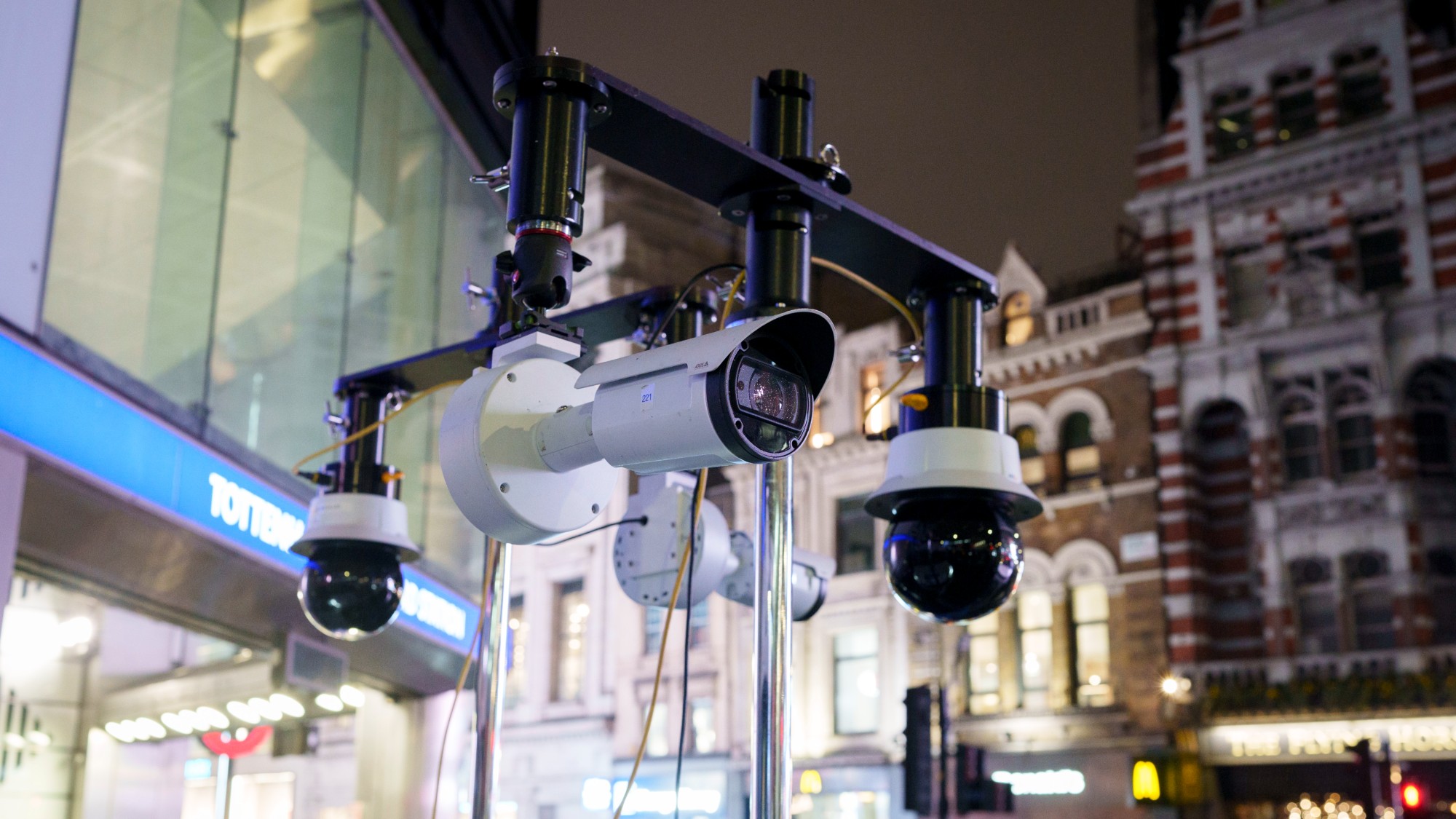Stephen Bayley: does heritage hinder cultural progress?
Heritage is one of the great modern virtues, but we risk stultification when we obsess over preserving the past, says the design aficionado

It’s the sleazy ghost that haunts the corridors of our contemporary imaginations. But there’s nothing historic about heritage. It’s a modern invention, a palliative to the fretful psychomotor anxiety caused by heartless progress.
Heritage consciousness emerged when the prospect of the future suddenly became less attractive than the rear view of the past. Heritage is what happens when nostalgia puts on cultural clothes – and, remember, nostalgia was originally defined as a sickness, a sort of demonic possession.
Take the tomato. The fear of genetic modification, with its unquestionable benefits of bringing reliability to the crop cycle, has brought us the counter-attacking ‘heritage’ tomato. This is as fine a proof of Newton’s Third Law of Motion as you could ever find: action and reaction are equal and opposite. Technology brings us the perfect modern fruit. We fight back by retreating into imagined agricultural history. In this way, the Principia Mathematica find their link with morris dancing – a fanciful invention of the 19th century and its heritage anxiety.
The Week
Escape your echo chamber. Get the facts behind the news, plus analysis from multiple perspectives.

Sign up for The Week's Free Newsletters
From our morning news briefing to a weekly Good News Newsletter, get the best of The Week delivered directly to your inbox.
From our morning news briefing to a weekly Good News Newsletter, get the best of The Week delivered directly to your inbox.
Significantly, in the US world of tomatoes, heritage is known as ‘heirloom’. Heirloom tomatoes are perceived to have better taste than the modern tomato. However, on the other hand, they are also more prone to disease and rot and are much more expensive.
Herein lies a trace of the snobbery that supports and drives much heritage activity. Heirloom means hand-me-down: the sort of person who buys his own furniture instead of inheriting heirlooms is not quite proper. A heritage or heirloom tomato gives off the pleasing whiff of history and is, supposedly, a superior product, a means to social promotion for its eater. The same goes for beer. At just the moment mass-produced beer had been perfected, a craft revival was started by bearded fanatics working in cellars. Never mind Anheuser-Busch in St Louis, if you look for ‘craft beer’ in fashionable Brooklyn, Google spews out a nearly endless list of heritage brewers: Spuyten Duyvil, Tørst, Mugs Alehouse and Bierkraft are names richly revealing of states of mind.
The vitality of any culture may be measured by its dedication to heritage. And the depth and texture of heritage is a reliable indicator of, for example, property values. But what’s essential is a balance. Too much heritage is stultifying and ridiculous: as Marx knew, history repeats itself first as tragedy and then, again, as farce. Too little regard for heritage is barbaric. Sir Henry Wotton, the translator of de Architectura by Vitruvius, believed that ‘a man without knowledge of things past falls into a beastly sottishness’. Extremes are always unsettling.
The extreme anti-heritage position was occupied by Sir Herbert Manzoni, chief engineer of Birmingham in the post-war years, when a shrieking priority was to rebuild Britain’s blitzed second city and make it a concrete Jerusalem. Manzoni was convinced that no attention should be paid to notions of history of locality. It was essential, he thought, to build new with no reference points in the past. ‘I have never been very certain as to the value of tangible links to the past,’ he said. The result was Birmingham’s atrocious Bull Ring Centre and its hated system of Dante-esque ring roads.
A free daily email with the biggest news stories of the day – and the best features from TheWeek.com
I sometimes suspect Manzoni was inspired by the Futurist poet FT Marinetti, who, in pursuit of mad polemical agendas all of his own, recommended that Venice’s canals be filled in and then helpfully turned into Autostrade, the better to assist rapid circulation of its citizens going about their business. Certainly, Venice, with its canals still full of water, is a demonstration of the extreme heritage position.
Venice is a notable example of what happens to great cities when no new buildings are allowed, when tangible links to the past are respected above all else. Change is forbidden and the Pearl of the Adriatic has become ‘museumified’, therefore dead and ruined: Venice is a beautiful corpse. It has resisted every modern innovation except tourism… the one that daily accelerates its deterioration as the maleducati debauch it with litter and ignorance.
Who wrote the rule that Venice must never have a new building? Radical development and filling in the canals might give the local citizens pride in their present and a hope for their future rather than insisting on their imprisonment in the past and requiring servile careers as waiters. Then again, who could bear to change Venice? New building, no matter how optimistic, would be the architectural equivalent of shooting Bambi.
Who can say what portion of culture depends on survival or revival? It is memories that create our personality, and sustain culture. Reputation, as Freud knew, is the immortal part of one’s self. And it’s also the part of cities and buildings that we treasure. I am guilty of heritage zeal myself. For structural reasons, during a little domestic development work, a builder had to demolish an early 19th-century ogee-shaped brick wall at the back of my house. We agreed that we should rebuild it exactly as it was. I am pleased with the result, but at the same time tormented by guilt at my retreat from contemporary possibilities. Surely I should have commissioned Sir David Chipperfield to design a new wall for me?
There are so many paradoxes here, but the biggest paradox of them all is that the heritage lobby does not understand history. Like Venice, it wants the whole world stopped dead. But history is not fixed, rather evolving: our vista of the past changes as often as our vision of the future. The American composer John Cage put it very well: ‘The past must be invented/The future must be revised.’
Meanwhile, I cannot quite decide what to do with the heritage tomato: stuff it or enjoy it?
STEPHEN BAYLEY is one of the most outspoken of cultural commentators. He has been known to revel in design heritage – after all, he co-founded the Design Museum with Terence Conran. But, as a consultant, he has always looked to the aesthetics of the future, too; stephenbayley.com
-
 Political cartoons for December 14
Political cartoons for December 14Cartoons Sunday's political cartoons include a new White House flag, Venezuela negotiations, and more
-
 Heavenly spectacle in the wilds of Canada
Heavenly spectacle in the wilds of CanadaThe Week Recommends ‘Mind-bending’ outpost for spotting animals – and the northern lights
-
 Facial recognition: a revolution in policing
Facial recognition: a revolution in policingTalking Point All 43 police forces in England and Wales are set to be granted access, with those against calling for increasing safeguards on the technology